Researchers believe that the movement of liquid metal in the Earth's core is one of the main causes of magnetic pole reversals.
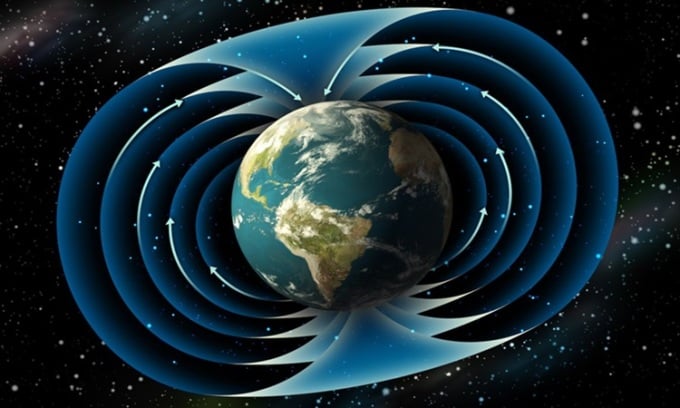
Experts cannot predict exactly when the Earth's magnetic field will reverse. Photo: Space
Earth, a rocky planet with liquid water, is an ideal place for life to thrive for several reasons. Earth is at the right distance from its star for liquid water to exist on the planet's surface. The gravitational pull of other planets protects the planet from the risk of collision with stray asteroids. The magnetic field surrounding Earth also provides a protective barrier against charged particles that shoot through space, according to Space .
The Earth’s magnetic field is generated by a complex flow of molten metal in the planet’s outer core. This flow is influenced by both the Earth’s rotation and the presence of a solid iron core. The result is a bipolar magnetic field whose axis is aligned with the planet’s rotation axis. Hidden in the chemistry of ancient rocks is evidence that the Earth’s magnetic field is a dynamic, changing phenomenon. As lava cools, the iron minerals in it align with the Earth’s magnetic field, much like a compass needle points north.
The Earth's magnetic field varies over very short and very long timescales, from milliseconds to millions of years. Interactions of the magnetic field with charged particles in space can modify it over short timescales, whereas longer-term disturbances of the magnetic field are caused by processes in the Earth's liquid outer core.
Under the influence of fluid movement inside the Earth, the geomagnetic field reversal process can be divided into three stages. In the magnetic field decay stage, the magnetic field strength will gradually weaken and its direction will become more chaotic. Next, magnetic drift is the process in which the Earth's magnetic poles begin to deviate from their current position and move in the opposite direction. The magnetic pole reconstruction process is the stage in which a new magnetic field begins to be established, the magnetic poles finally reaching the previous opposite position.
Studies of the past state of the magnetic field show that there are two possible states of polarity. In the current normal state , the magnetic field lines point out from the North Pole and enter the South Pole. The reversal state is also possible and is equally stable. Paleomagnetic studies show that the reversal phenomenon of the Earth's magnetic field is irregular and unpredictable, mainly due to the mechanism that creates it. According to geophysicist Leonardo Sagnotti, the flow of liquid metal (mostly molten iron) in the Earth's outer core is chaotic and erratic. The reversal occurs during periods of low geomagnetic field strength and unstable magnetic field structure.
The magnetic pole reversal period lasts for several thousand years. When the magnetic field is about to flip, it is in a weakened state, which results in increased exposure of the Earth’s atmosphere to solar wind and cosmic rays in the form of charged particles. Recent research has shown that during the Laschamps magnetic reversal event 41,000 years ago, the amount of cosmic rays reaching the Earth’s atmosphere globally was three times higher than today.
For human civilization, the concern is not the change in magnetic poles but the period of decreasing geomagnetic field strength. Modern society is increasingly dependent on technology. Large numbers of charged particles entering the magnetosphere at altitudes closer to the ground will affect security, communications, electrical infrastructure, satellites and astronauts living in low Earth orbit. In particular, due to the random nature of magnetic field fluctuations, researchers cannot predict exactly when this will happen.
An Khang (According to Space )
Source link





![[Photo] Prime Minister Pham Minh Chinh chairs the meeting of the Government Party Committee Standing Committee](https://vstatic.vietnam.vn/vietnam/resource/IMAGE/2025/8/23/8e94aa3d26424d1ab1528c3e4bbacc45)
![[Photo] General Secretary To Lam attends the 80th Anniversary of the Cultural Sector's Traditional Day](https://vstatic.vietnam.vn/vietnam/resource/IMAGE/2025/8/23/7a88e6b58502490aa153adf8f0eec2b2)


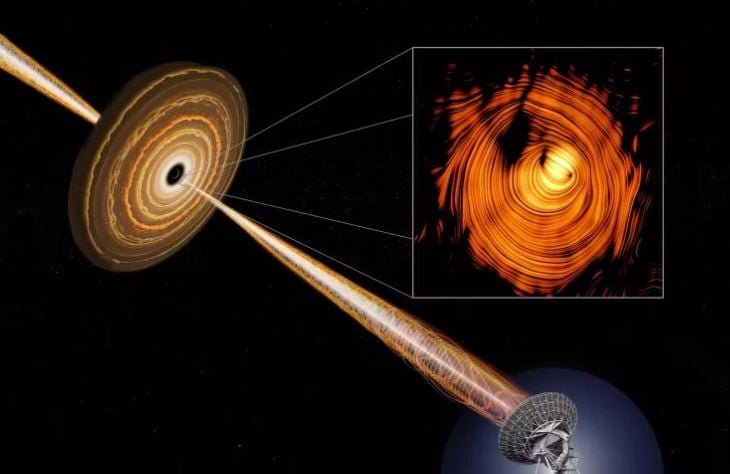

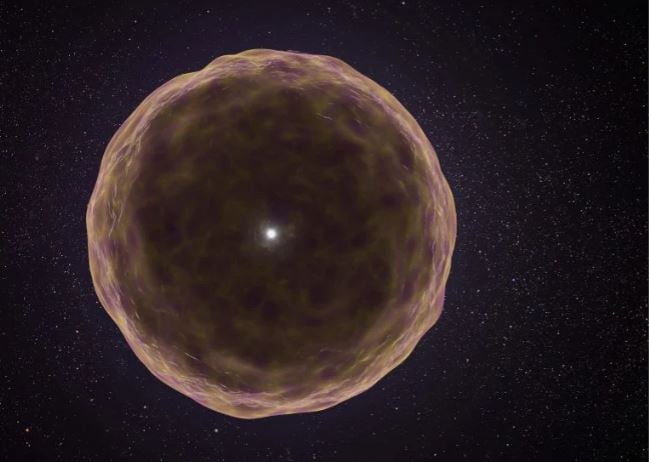
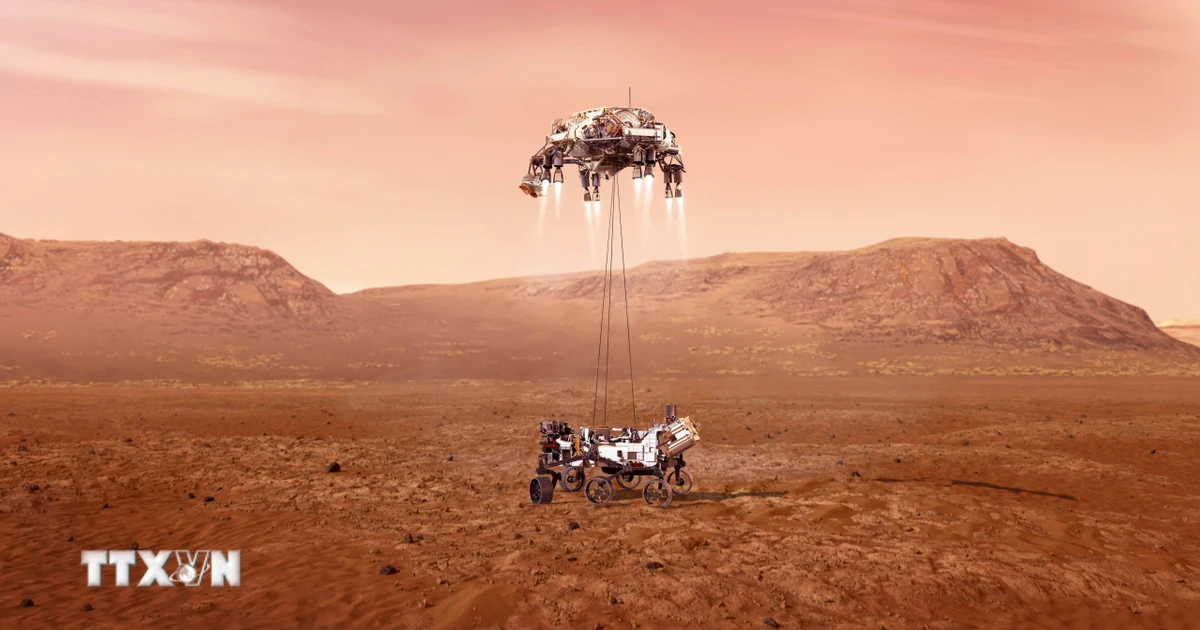



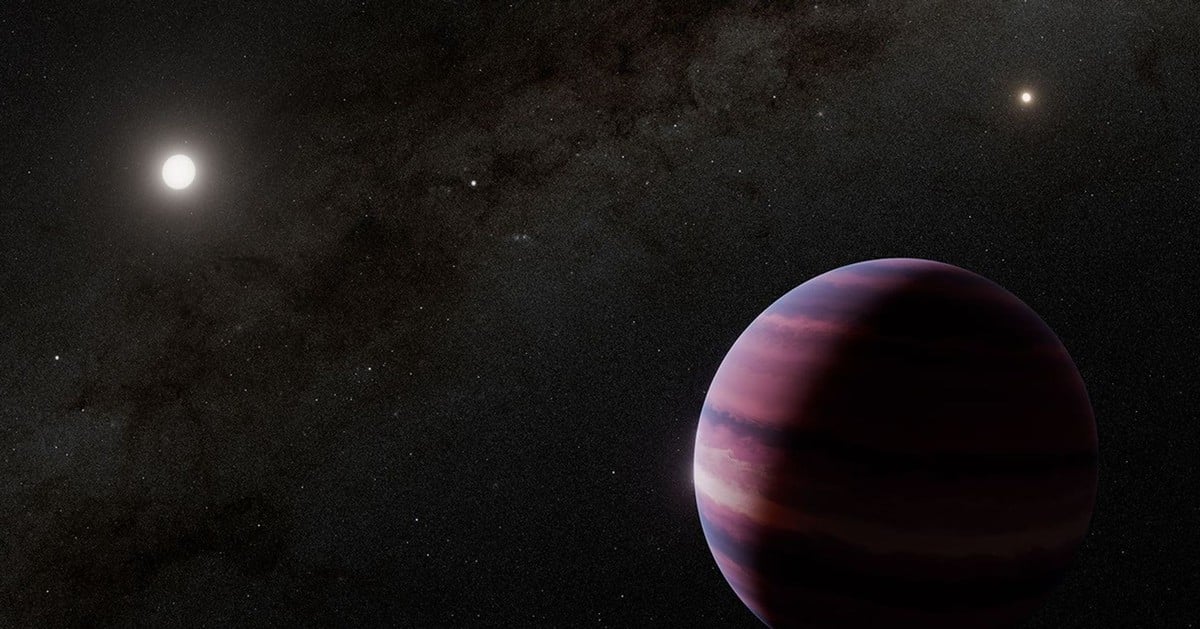























































































Comment (0)